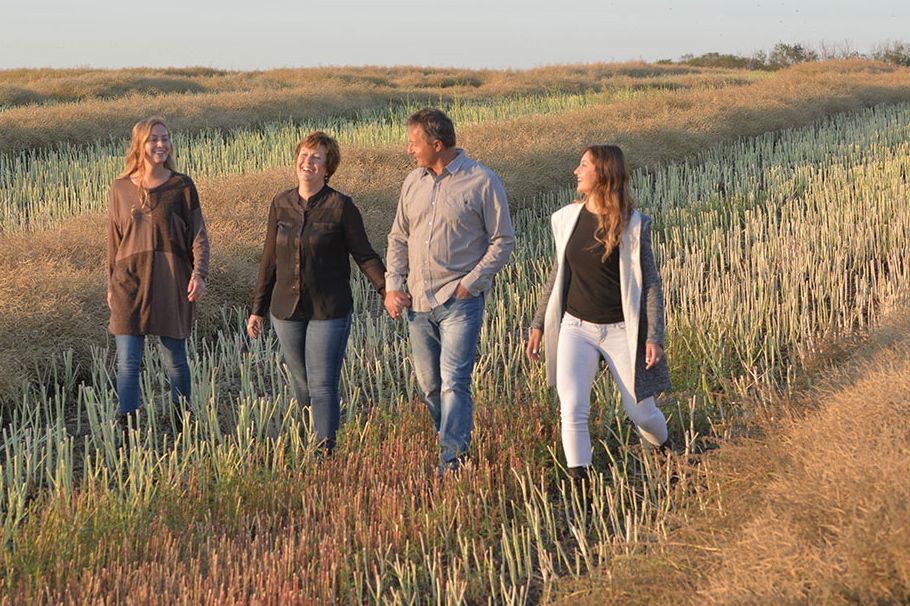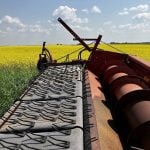Alanna Koch sees many sides of the agriculture sector. First, she’s a farmer, part of a family grain farm near Regina. Off-farm, she’s the chair of the Global Institute for Food Security, the chair of CN’s ag advisory council, and a board member at SeedMaster, an ag equipment manufacturer. Previously, she was the deputy minister of agriculture for the government of Saskatchewan.
Of all the changes Koch sees ahead for Canada’s agriculture sector, we asked her which one would prove the most important in 20 years. “What keeps me awake at night now will probably still keep me awake at night 20 years from now,” Koch says. “Policies and regulations.”
Today’s municipal, provincial, national and even international policies and regulations govern every part of our food chain, and changes to them can threaten farmers’ entire growing cycle, from inputs to sales, she says.
Read Also

What to consider when setting up farm-related business ventures
Things to consider before launching a farm-adjacent side business.
“Will we be allowed access to all of the technology that’s coming?” Koch asks. In the area of technology, change outpaces policies and regulations. We’ve gone beyond GMOs to questions about gene editing and novel traits. “There are exciting advancements underway,” she says.
Canada’s federal consultations have taken a science-based, open view to new technology, but environmental and green movements are pushing back. “That worries me,” Koch says. She points to Europe where, she says, “farmers have lost so many tools already.”
Policy and regulatory changes are probable in areas related to environmental protection and greenhouse gas emissions. “Climate and environmental policy is going to continue to evolve, making it more difficult for us to manoeuvre,” Koch says. Government directives could lower yields. For example, if use of synthetic fertilizer is limited, Koch asks, “Where does food security come from?”
Trade policy is also crucial. “We need to get our unique products into markets that need them, but will policy allow it?” Koch asks. Limiting access to foreign markets lowers marketing options and commodity prices. “I think the pendulum will swing back,” Koch says, “but we will still have those protectionist intentions in the world.”
When farmers’ production practices and marketing options are limited, farm profits suffer. This is at odds with the goal of sustainability, Koch says, which must include economic sustainability along with environmental and social sustainability.
Unintended consequences
Koch is watching consumers’ increasing concern about the “value” of food. Some consumers believe organic food has more value than conventionally grown food. Similarly, they may see plant protein as higher value than animal protein.
Although Koch says these views are misinformed, consumers privileged enough to be able to afford what they see as higher value food will make that choice with their grocery carts, and often try to encourage others to do the same.
When these consumers’ concerns are added to international pressure to limit climate change, Koch says, “We may see some UN regulations or policy signals that create a climate for governments to put in policies with unintended consequences.”
Some of these policies might limit access to seed and pest control technology, or encourage less meat consumption. This can result in higher prices for staple foods — an unintended consequence with a disproportionate impact on low-income countries. Policies that encourage limiting meat interfere with the history, culture and the lifestyle of some societies.
“Who are we to make these decisions?” Koch asks.
Public trust
Farmers need to make sure policymakers understand all the consequences of potential policies and regulations. To do this, Koch says, farmers need to be accountable to consumers and ready to explain “why we do what we do.”
With consumers on side, governments will feel empowered to impose policies and regulations that change farm practices, she fears.
Farmers also need to focus on continuous improvement and operate responsibly. “We need to have consumers trust that we are producing safe, nutritious, plentiful, affordable food.”
Consumers are demanding this, Koch says, “so we better figure out a way to communicate that.”
The need for consumers to trust farmers will still be with us in 20 years, Koch says. And political leaders will still be pressured to implement policies and regulations that limit farm practices to appease consumers and environmentalists. But even knowing this, Koch is still optimistic about the future of agriculture. “I hope 20 years from now we’re seen as the solution, not the problem.”
As the world’s population grows, Canada has the ability to provide food for more people. The question, Koch says, is “Will we be allowed to?”
















